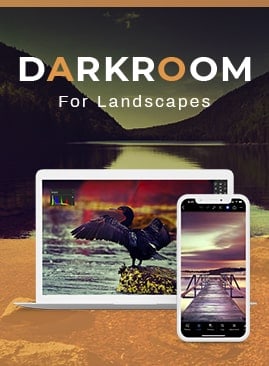News
CreativeRaw News
Complete Guide to Backing up Your Landscape Photos Securely: Part One
Welcome to my three-part series on a very boring, but an undoubtedly essential topic for landscape photographers: how to properly (and…
Strengthening Camera Stability for Rock-Solid Brackets
The smallest amount of prevention can save you much frustration during the exposure blending process....and it all starts with camera…
How I Photograph a Golden Hour Landscape
There's a profound challenge that many landscape photographers face when photographing a sunrise or sunset: they often find that their…
How to Avoid the “HDR Look” when Exposure Blending
Exposure blending in Photoshop is a revolutionary processing technique that can transform boring, lackluster landscapes into extraordinary works of art.…
Four Ways to Better Balance a Landscape Photograph
The path to a stronger composition is not always clear in landscape photography, and at times can be the most…
My Best Tips for Photographing Snow
As a landscape photographer, if there's one thing I look forward to the most when the season turns cold, it's…


